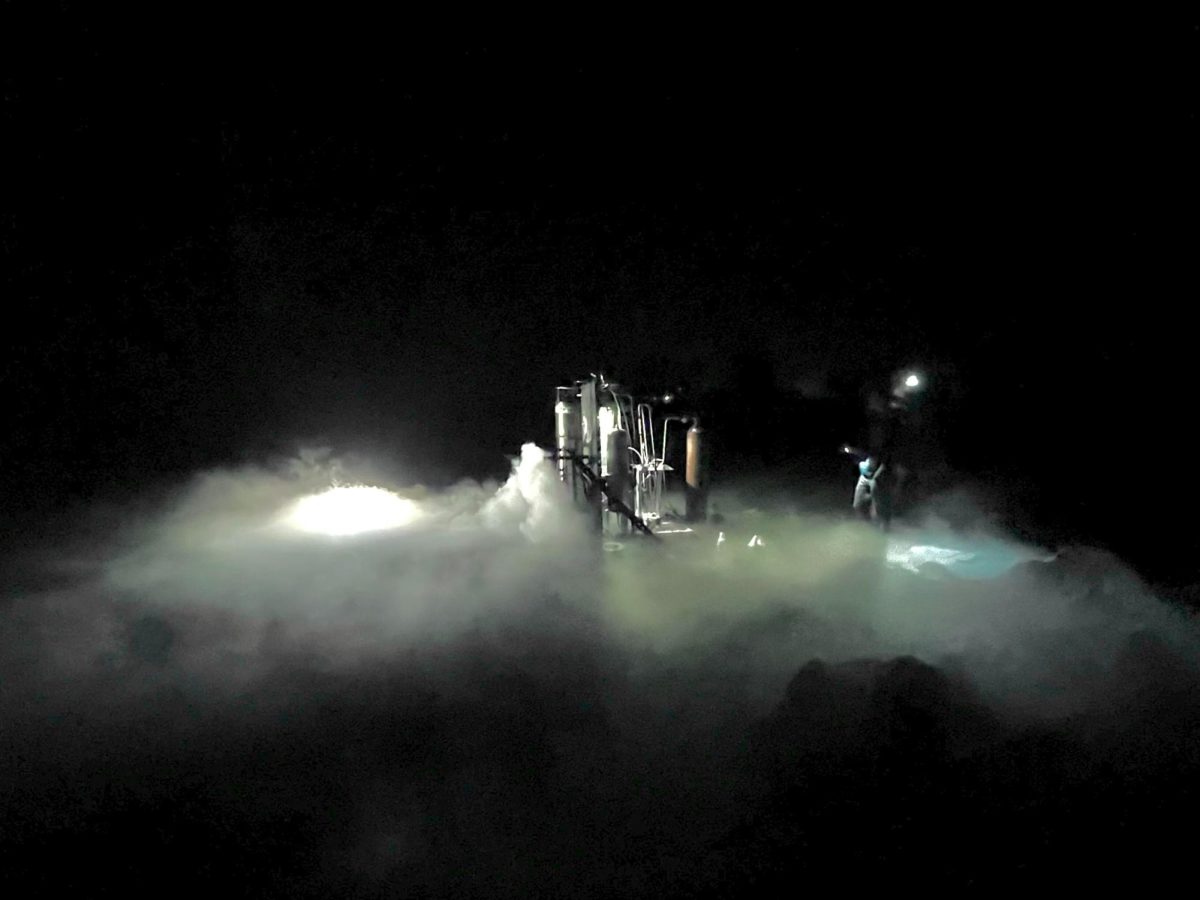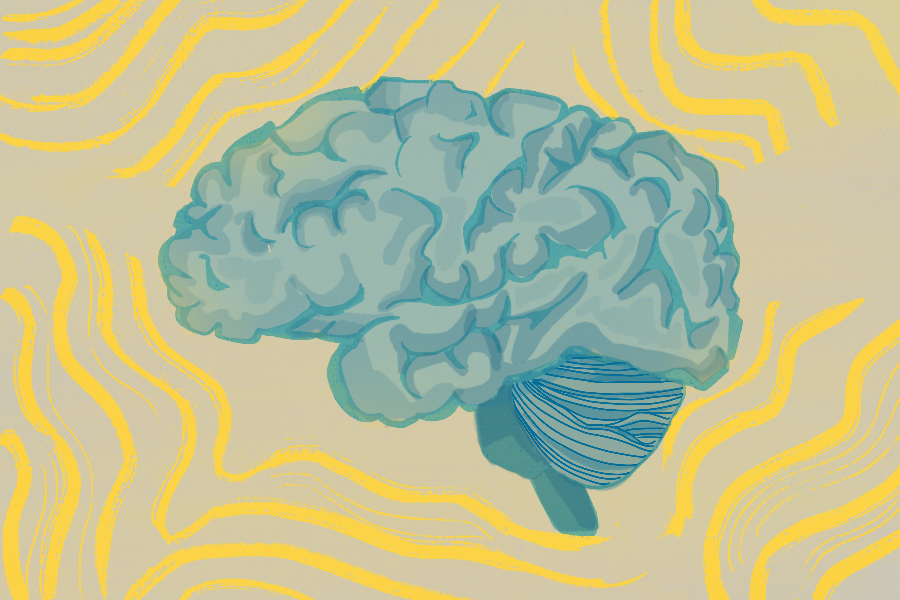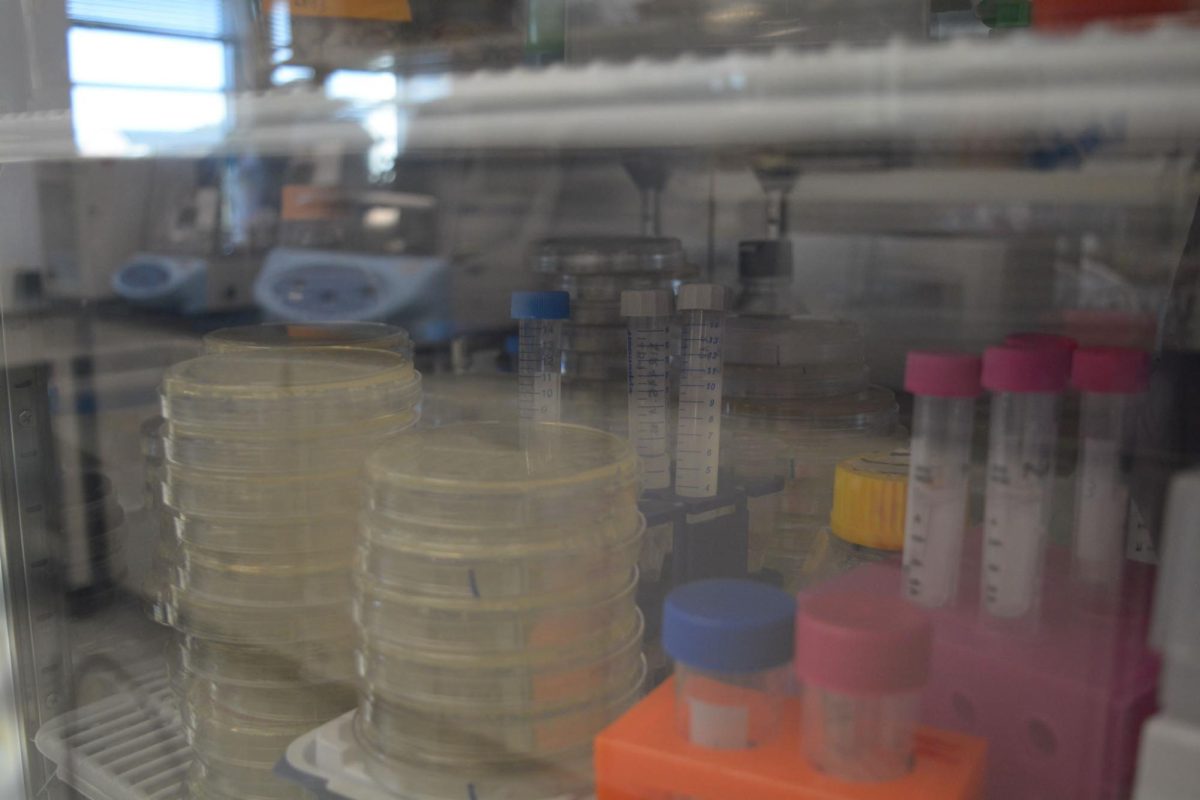Simeon Bogdanov, assistant professor in Engineering, has made advancements in his research in quantum super-resolution microscopy with the assistance of machine learning techniques.
In a sit-down interview with Bogdanov, he explained his research on quantum super-resolution microscopy and discussed some of his findings and future steps made possible due to this research.
Microscopy is a form of technology that lets individuals look at tiny objects. The limit of how well you can look at these small things is called the diffraction limit. The idea of super-resolution is the ability to go past the diffraction limit to view particles.
The quantum part of the research comes from what is being analyzed through microscopy. Photons, the particles of light being analyzed, usually come in bunches, but for Bogdanov’s research, “there are some properties of emitters that make them emit single photons which is called anti-bunching light.”
Bogdanov was then able to explain what his research hopes to accomplish in terms of his broader research.
Get The Daily Illini in your inbox!
“What we hope to accomplish with one of our projects in quantum nanophotonics is to build a source of single photons that is integrated on a chip and gives out photons that are suitable for quantum information purposes at very high rates,” Bogdanov said.
Bogdanov explained how this type of research can be difficult because photons can be difficult to work with. He further noted that they “see machine learning as a technique to accelerate our quantum characterization.”
Bogdanov said that normally “this is like looking for a needle in a haystack,” but the implementation of machine learning allows researchers to test if particles of light that contain more than one photon are suitable for use. This can be applied to projects like biological mapping.
With this clarification, Bogdanov was then able to explain how this generalized understanding impacts his work on quantum super-resolution microscopy.
“This same machine learning can be applied for super-resolution microscopy where we can actually measure the single photons of light as a function of where we are on a sample … and build maps of single photons.”
“We used the technique which we wanted to accelerate the search for our nanocrystals and we applied it for something completely different … but it turns out that it could potentially be useful for making more precise maps of biological samples,” Bogdanov explained.
Despite this progress and these advances in the field, Bogdanov faced a variety of challenges that hindered these findings.
“One of the obstacles we faced was to choose the neural network to accelerate our measurements … For this, you need to employ some kind of data processing technique and machine learning offers a lot of such techniques where you can use data optimally even though it is noisy,” Bogdanov said.
Machine learning has various networks that apply to studies, but once you decide on the specific network there is an extensive verification process to judge the suitability of the network, he said.
Bogdanov explains how it is a “very time-consuming endeavor to train the network optimally so that it is suited for this particular task.” The particular neural network is important because it is how artificial intelligence can make intelligent decisions as compared to human assistance.
With the results and progress from this study, Bogdanov hopes to take the research even further with the aid of machine learning techniques.
In biology, quantum super-resolution can be used in the assessment of light which produces fluorescent markers.
“Where we hope to apply it next is to be able to make out a fluorescent marker from a background that is the same color,” Bogdanov said.
Being able to identify these fluorescent markers from other parts of the background allows the user to find specific photons necessary for a variety of applications.
The viewable photons through this process are vast, and some contribute to plain background noise, Bogdanov said.
Bogdanov explained how before, the fluorescent biomarkers were used to quantify photons, and now, he can “basically design a smart filter which is not based on color but based on the quanta of light.”










